Health
The Best Brands of Pulse Oximeter in India
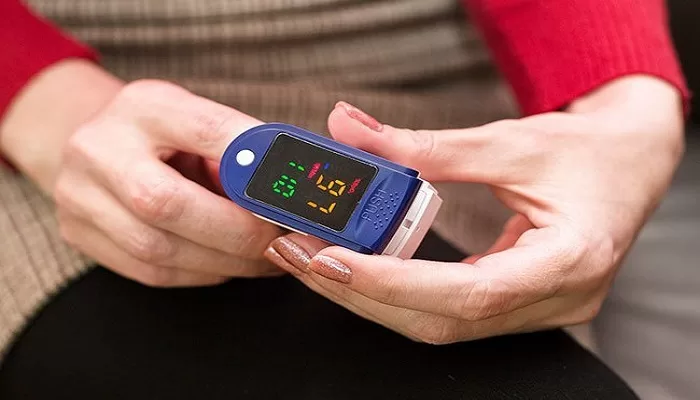
Pulse oximeters are small, portable devices that measure the amount of oxygen in a patient’s blood only They are used to monitor patients with heart problems. other conditions that can affect their level of oxygenation. A sensor is placed on the fingertip or earlobe and measures pulsations from arteries in these locations; it uses this information to calculate how much oxygen is being carried by the blood.
After sensors are placed on the patient’s fingertip or earlobe, the device displays a numerical value for percent saturation. This number does not correspond to the actual percentage of oxygen in blood; it can be compared only with other readings taken at different times and under different conditions (for example, when breathing room air versus 100% oxygen). For these reasons, pulse oximetry should never be relied upon as your sole indicator of how well a patient is breathing.
However, you can use a pulse oximeter to monitor the respiratory status of patients who are awake and alert. It is not appropriate for those who may need intervention, such as ventilation or intubation (a tube placed in the mouth to help a patient breathe), because these procedures require manual interpretation from an experienced clinician.
Let’s a look at the best brands of pulse oximeters in India today:
7. MediWeave Pocket Pulse Oximeter :
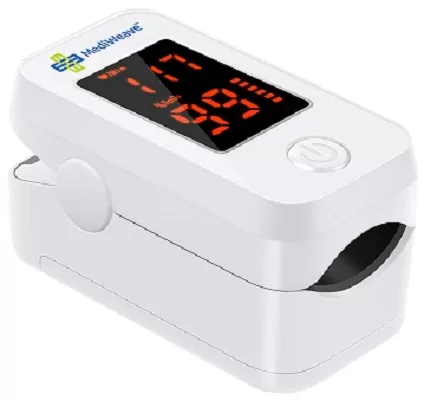
This is one of the most sought-after pulse oximeters on the market and it has a lot to offer. It boasts of an easy-to-read LCD display that shows heart rate, oxygen saturation levels, and perfusion index. There are also buttons at hand for controlling each function as well as memory storage for up to 10 readings. Moreover, this device comes with a carrying case which makes it ideal for traveling purposes; you can place it inside your pocket or backpack and take it wherever you go.
6. BPL Pulse Oximeter
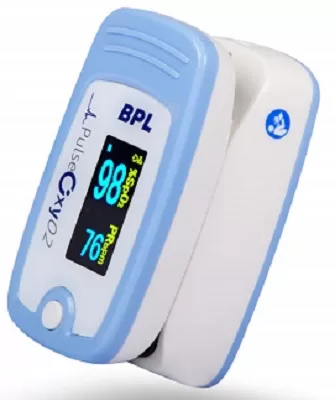
BPL Pulse Oximeter is used to measure the amount of oxygen in a patient’s blood. It prevents hypoxia, which may occur during anesthesia or any other situation when the person needs an oxygen supply but doesn’t get it. It works by detecting the pulse rate and respiratory rate of an individual then calculates and displays Oxygen Saturation levels. This helps doctors check if they are getting enough oxygen supply from their lungs. The readings are displayed on a digital screen with three lines – SpO2, Heart Rate, and Respiratory Rate. It is available in two sizes – small (24x15x7 mm) and large(30x23x10mm), which can be worn on either the thumb or index finger.
5. Choicemmed Adult Pulse Oximeter
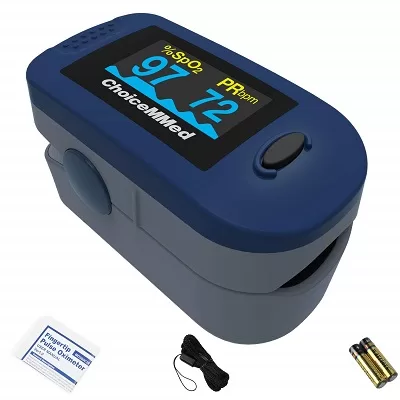
This pulse oximeter is a non-invasive, easy to use fingertip pulse oximeter with power and battery indicator lights This adult digital vital signs monitor is perfect for home or office use. It comes equipped with the latest LED technology, which displays both numerical values and color indicators. The built-in memory function allows you to capture and store readings from anywhere in the world via a USB cable (not included). The memory readings can then be downloaded to a PC through a USB connection.
4. Dr. Odin
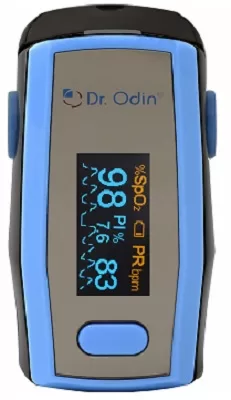
O2 Pulse Oximeter is an excellent product for daily use. It has a bright display, showing the readings clearly. It will show you your current pulse rate and blood oxygen level. The main feature of this health device is its ability to work with batteries so that you can check your vitals anytime, anywhere without needing a power supply from any source or worry about running out of battery at critical times. You do not have to wait till you get home to keep checking vital signs on the spot during your daily exercises or traveling.
3. Tamizhanda Pulse Oximeter
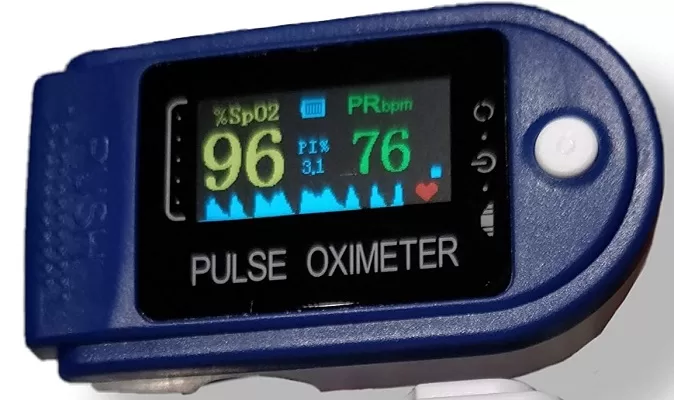
This is a great pulse oximeter that can be used to check the oxygen saturation levels in your patients. It has an excellent design and it is easy to use. This is a portable device that you can carry around with you when you are on duty or when going from one place to another.
The sensor comes at an affordable price and it does not require any additional accessories for its operation. It is a lightweight device that makes it easy to carry around when you are on duty or traveling from one place to another.
It is a lightweight device that makes it easy to carry around when you are on duty or traveling from one place to another. This model comes with an English user manual that will help new users set up the pulse oximeter and use all of its features correctly.
2. HealthSense® Pulse Oximeter
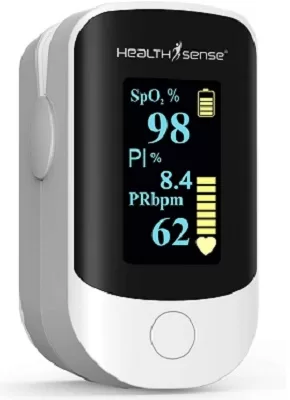
This pulse oximeter measures oxyhemoglobin concentrations of the body. The device has a high sensitivity for reading heart rate, respiratory rate, and breathing volume. It can be used with three types of probes: finger probe, earlobe, or fingertip probe. This product is ideal for use in-home care situations as well as various clinical settings such as clinics, hospital wards, and ICUs where it can monitor patients’ vital signs. The device has a backlit display and it is powered by two AAA batteries that are included with the purchase.
1. Beurer PO30 Pulse Oximeter
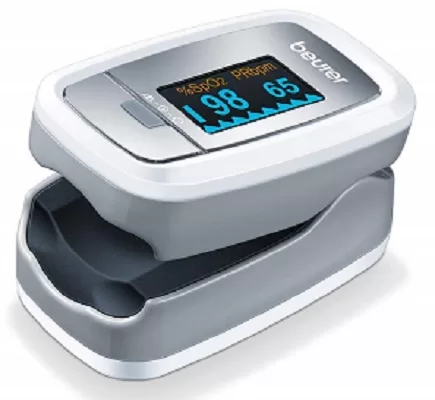
Beurer PO30 Pulse Oximeter is the best pulse oximeter in India today. It has a long battery life and accurate readings. The Beurer PO30 also allows you to store up to 60 patient records for recording oxygen saturation levels during various times of the day and night. Just like any other top-rated pulse oximeters, this product also comes with an AC power adapter, which means that you will never run out of charge while using it on patients or yourself (you can use it to monitor your oxygen saturation level).
Pulse oximetry is a safe, non-invasive monitoring tool that can be used to check oxygenation in patients of all ages. However, it should not be relied upon as your sole indicator of how well a patient is breathing; you must use other clinical indicators (such as respiratory rate) to determine the need for intervention. When using pulse oximeters, remember that they are not infallible and may occasionally give false readings. Therefore, you should consider several factors when interpreting the numbers:
Is a clinical abnormality causing the low oxygen level? (The patient may have sepsis, pulmonary edema, or some other condition that would cause low oxygenation.)
Are these numbers consistent with what you see in other vital signs and symptoms? For example, if someone is obviously breathing well, his oxygen saturation should be in the normal range.
Are these numbers consistent with what you see during past episodes of hypoxia? For example, if a patient is usually low when he has an episode of asthma and then becomes better after treatment with albuterol (Proventil HFA), his oxygenation level should be lower than usual but not as low as it was before treatment.
As always, use common sense to determine whether intervention or consultation is needed.




















































